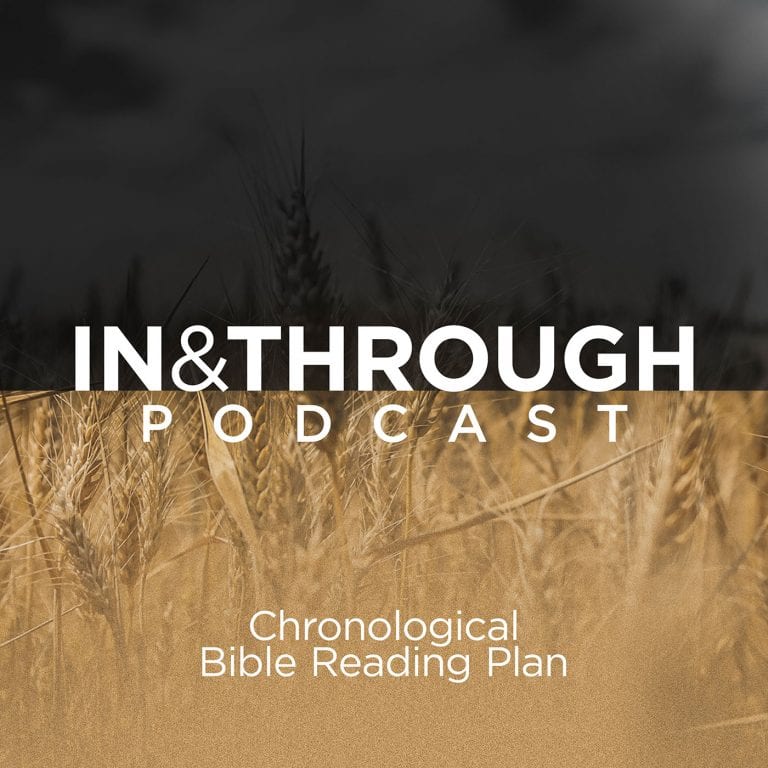About twelve years ago or so a young woman wanted to do a comparative study on a “conservative” and a “liberal” church. She ended up approaching two Anglican churches. We were the “conservative” church – at the time we were still in the Anglican Diocese of Ottawa and would have been considered the most “conservative” Anglican Church in the Diocese because of, among other things, our biblically based stand on a social issue. The leading “liberal” church was also approached. As a part of her study, she would visit both churches on a Sunday morning, and then later interview people from each church. She approached me and I agreed that Messiah (at the time called St. Alban’s) would participate.
She had a very nominal Christian background. If memory serves me, I think she attended a United Church a few times as a child. She visited the “liberal” church first. When she left, she was worried. In the “liberal” church, it was very formal. Priests and servers and choir were all in robes. The music was all organ driven and the choir dominated the service. The hymns were old – or at least seemed old. Everything was slow and solemn and serious.
She said to herself, if this is what the “liberal” church is like, the “conservative” church will be even slower, more solemn – you get the idea. A week or so later she came to our church. She was shocked and confused. No robes? A band? Modern music? Not stuffy? (I learned all of this later when she came to interview me). She was shocked at the difference and frankly could not get her mind around the disconnect between us being “conservative” and the average age and views and worship of our church.
A couple of brief points about all of that. First of all, “liberal” and “conservative” are political, not theological, words. When you use words which are primarily used in the political realm to try and distinguish between churches and denominations, you will keep making mistakes about what the groups are like. She expected the conservative church to be the one to resist change and hold on to the past. She was shocked when the “conservative” church was more “innovative” and “adaptive” and “flexible” in regards to music, liturgy, media, and structure than the “liberal” church.
The words “conservative” and “liberal”, when applied to churches, are indicators of a profound difference, which has no connection to how the words “conservative” and “liberal” are usually used. In the Protestant world, a “liberal” Christian is one who is redefining the Christian faith so that it is shaped by one or more contemporary philosophies and/or ideologies. In other words, the philosophies or ideologies change the “Christian” faith so that the “faith” is aligned with, and does not contradict, the philosophy or ideology in question. Fifty years ago, the liberal Christian faith was changed to fit with Marxism and/or the sexual revolution and/or Rogerian therapy and/or philosophical naturalism. Today it might be postmodernism and/or feminism and/or queer theory and /or transgenderism and/or native spirituality.
So-called Conservative Protestant Christianity seeks “straight-up”, “historical”, biblically-faithful, biblically controlled Christianity – a Christianity which is prepared to dissent from the dominant philosophies and ideologies of society because Jesus Christ is the Lord and Saviour that people in every time and every people group truly need to be made right with the true and living God, creator and sustainer of all things.























